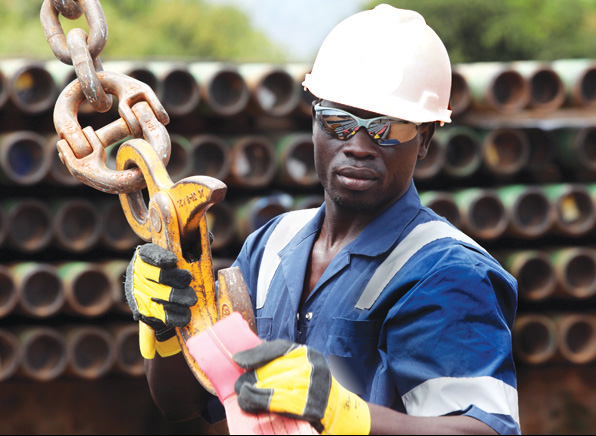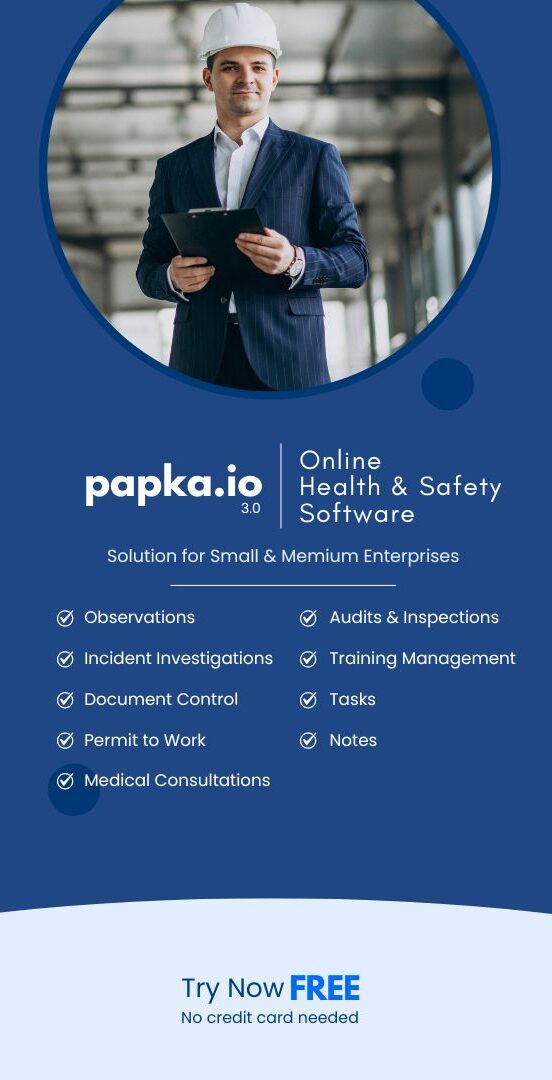Lifting Equipment Controller Training Syllabus

It is envisaged that by the end of this course of training the learner will be able to answer questions on and perform the following:
- Have a basic understanding of the industry, the dangers of working in the industry and their responsibilities as an Appointed Person
- Explain the duties and responsibilities of: Crane/Lift Supervisor, Crane operator, Slinger/Signaller, Crane erector and Maintenance
- Demonstrate and explain how to interpret and extract information on all relevant documentation including legislation, regulations, codes of practice that relate to all lifting operations and
- Explain and identify the different requirements to be followed for the lifting of persons, a basic lift, standard lift, complex lift and additional requirements for lifting from
- Explain the notification process and the requirements for reporting procedures to Authorities, Utility bodies, and any other parties if affected by the lifting
- Identify different types of Cranes, their capabilities and limitations for lifting,
- Explain the maintenance, inspection, thorough examination and testing requirements for lifting equipment and all
- Explain setting up, erection, levelling and dismantling requirements for diverse types of lifting equipment and
- Explain and demonstrate how to calculate point loadings and outrigger loadings, spreader mat types and
- Explain the function and use of the RCI, LMI and anti-collision systems and utilise the information
- Demonstrate and explain the selection of the correct cranes for specified lifts including all accessories, ensuring correct duties charts, range diagrams and specification
- List and explain relevant information relating to different types of lifting accessories and explain their
- Explain and demonstrate different slinging techniques, calculating sling sizes and angles, balanced and unbalanced, centres of gravity and loose loads
- Identify weights and centres of gravity for various types of loads, and specify appropriate lifting accessories for various types of load.
- Demonstrate and Illustrate different types of communication methods for lifting purposes and state
- Explain the importance of completing a reflective report on a lifting operation.
- Identify and demonstrate how to and plan an area with exclusion zones for diverse lifting operations identifying any proximity/underground hazards from supplied plans and drawings.
- Identify and plan an area with exclusion zones for diverse lifting operations identifying safe access and egress before, during and after any lifting operation.
- Explain and identify the requirements for safe site access and egress for different types of lifting equipment.
- Demonstrate how to construct a safe system of work by producing risk assessments, method statements and lift plans with information supplied.
- Prepare and explain lift plan information to all personnel involved in lifting operations.
- Specify and explain positioning of the crane and load, identifying limiting factors and immovable obstructions that must be considered.
- Identify and explain how environmental factors outside the lift zone but within the surrounding area can effect planned lifting operations and the possible outcomes.

